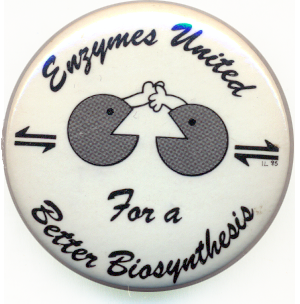The laboratory has in the past focused on understanding the regulation of peptide hormone and neuropeptide synthesis in the secretory pathway. We have studied the maturation enzymes known as proprotein convertases, responsible for generating most secreted signaling proteins, and implicated in diseases such as diabetes, obesity, bone disease, and cancer. Our particular focus has historically been on opioid peptide synthesis.
We now focus on the study of two small secretory chaperones which participate not only in convertase maturation/blockade of aggregation, but also function in blocking the aggregation of neurodegeneration-related proteins in the secretory pathway. These proteins are highly expressed in secretory tissues- including neurons- and are secreted along with peptides at the synapse.
Chaperones in neurodegeneration: 7B2 and proSAAS. Small natively disordered proteins are beginning to emerge as important players in the formation of neurodegeneration-related aggregates. We are interested in the role of naturally-expressed secretory chaperones in the biochemistry and cell biology of the neuron and have shown that two small secreted chaperones can block the formation of both Abeta oligomers and fibrils in vitro and neurotoxic aggregates in cell culture models. We are now exploring the biochemistry and cell biology of chaperone-aggregate interactions and extending our proSAAS amyloid work to synuclein aggregates both in culture and in vivo (see PMID: 35527562). This project is relevant to Alzheimer’s and Parkinson’s diseases in defining the mechanisms by which amyloid plaques and other insoluble aggregates interact with secreted chaperones before forming in brain tissue; this may help us to understand the natural defense mechanisms neurons use to block the production of harmful aggregates. Our recent work also includes the disease ALS, since proSAAS has been shown to have a great affinity for TDP-43, a protein thought to be misfolded in this disease. Shown above is a movie of mCherry-labeled proSAAS undergoing liquid-liquid phase separation while simultaneously encapsulating TDP-43-GFP (shown in green).
To contact Dr. Iris Lindberg, or to support Lindberg Lab projects, please see the Contact page.

